Why Bullies Aren’t Bad Kids and How We Can Help Them
When we hear the word “bully,” it often brings to mind images of a mean child, pushing others around without remorse. The idea that bullies are just “bad kids” is a common belief, but it’s also a harmful one. In reality, most children who bully others aren’t inherently bad. They act out for deeper reasons and with the right support, they can change for the better.
Understanding why kids bully and addressing their behavior with empathy and accountability is key to breaking the cycle of bullying. Let’s explore why kids bully, how labeling them as “bad” hurts everyone, and what we can do to help.
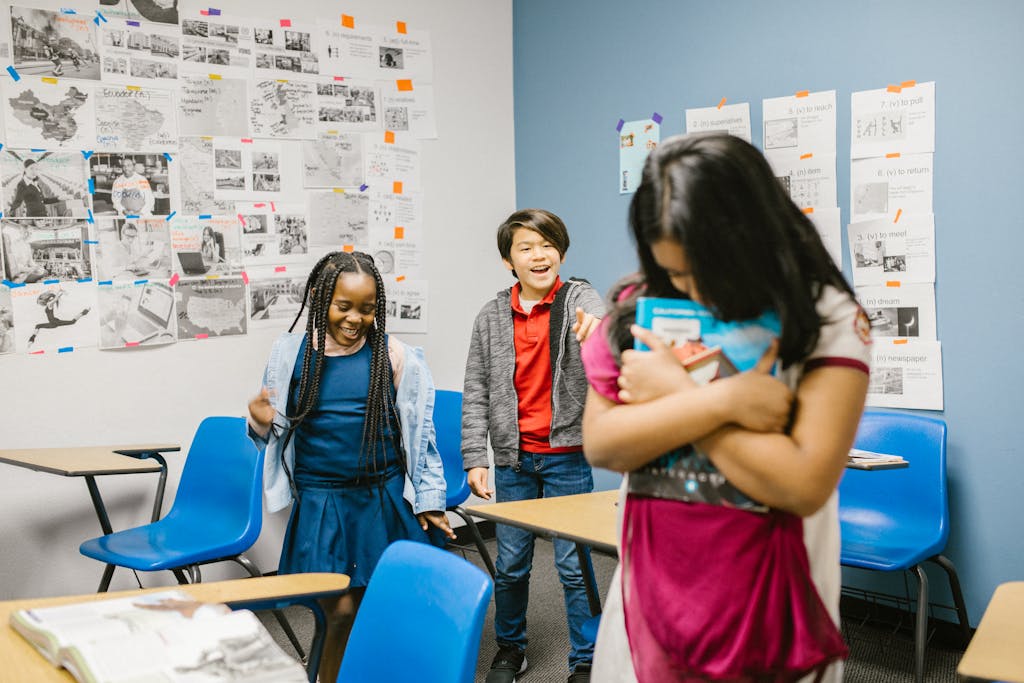
Why Kids Bully
Kids don’t just wake up one day and decide to be mean for no reason. There’s usually something bigger going on underneath the surface. These are some of the most common reasons why kids might act out and hurt others:
Insecurity
Many bullies act out because they feel powerless or inadequate in their own lives. They might be dealing with challenges that leave them feeling small, frustrated, or overlooked, and bullying becomes a way to take back some control. It can give them a temporary sense of power or make them feel superior to others.
In reality, it’s often a way to hide their own insecurities and self-doubt. For example, a child who struggles with schoolwork may target someone else to draw attention away from their academic difficulties.
Instead of facing their own feelings of failure, they shift the focus to someone else, hoping it will make them feel better about themselves, at least for a little while.
Learned Behavior
Some kids bully because it’s what they’ve seen around them. Maybe it’s something they’ve picked up at home from parents or siblings, or maybe they’ve seen it in movies, TV shows, or online.
If they grow up in an environment where yelling, insults, or aggressive behavior is normal, they might think that’s just how people act when they’re upset or want to get their way.
Kids tend to copy what they see. If they’re around a lot of shouting or fighting, they’re more likely to bring those behaviors into their own relationships even if they don’t realize the harm it can cause.
Peer Pressure
Sometimes kids bully because they’re trying to fit in with a certain group. Maybe their friends are picking on someone and they join in because they don’t want to be left out.
They might think acting tough or going along with it will help them gain approval. In these situations, bullying can feel like a way to stay part of the group or to avoid becoming a target themselves.
Emotional Pain
A lot of bullies are dealing with their own difficult situations behind the scenes. They might be going through neglect, abuse, or some kind of trauma at home that most people don’t see. For them, bullying can become a way to let out all that bottled-up pain or frustration.
Unfortunately, instead of finding healthy ways to cope or asking for help, they end up taking their hurt out on others. It’s not an excuse for their behavior, but it’s a reminder that there’s often more going on beneath the surface and that they’re likely struggling and need support.
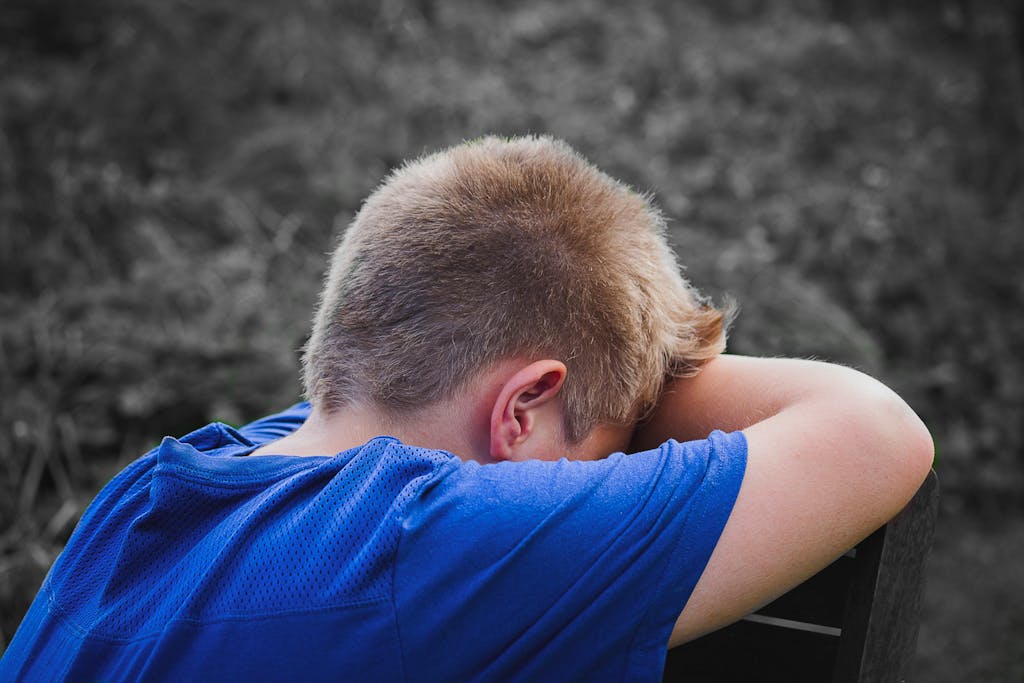
Why Labeling a Child a “Bully” Hurts Everyone
When we label a child as a “bully”, it usually causes more harm than good. It oversimplifies what’s really going on and can make it harder for that child to change. Here’s why it’s important to focus on the behavior, not the label:
Creates Shame
Labeling a child as a “bully” doesn’t help them change, it just makes them feel worse about themselves. When kids hear they’re “bad” over and over, they start to believe it. They think they’re flawed or that better behavior isn’t even possible for them.
That kind of shame doesn’t lead to growth; it makes them feel stuck, like there’s no point in trying to be better. Instead of helping them improve, it just reinforces the idea that they’ll always be the bad person.
Missed Opportunities
When we call a child a bully, we’re focusing on the surface behavior and ignoring what’s actually causing it. It stops the chance to dig deeper and figure out why they’re acting that way in the first place.
Maybe they’re dealing with insecurity, frustration, or emotional pain and instead of addressing those issues, we end up missing out on chances to help. By labeling them, we’re more likely to punish the behavior instead of offering the support they really need to change.
Perpetuates the Cycle
When a child gets labeled as a bully, it can actually make things worse. They might lean into that identity even more, especially if they’re already feeling left out or rejected. Instead of encouraging change, the label can push them further into the behavior. It’s like a self-fulfilling prophecy.
The only way to break that cycle is to shift how we talk about bullying. Instead of focusing on labels, we need to look at the behavior itself and what’s causing it. That’s how we help kids make real changes.

Helping Kids Who Bully
Supporting a child who bullies doesn’t mean excusing their behavior or ignoring the harm it’s caused. It means striking a balance between holding them accountable while also teaching them how to make better choices and grow. With the right guidance and support, kids can change.
Here’s how we can help them turn things around:
Open Conversations
A great place to start is by having a real conversation. Ask questions like, What’s going on? or Why do you feel the need to act that way? Get them talking about what they’re feeling whether it’s anger, frustration, or hurt.
The key is to create a safe space where they can open up without immediately worrying about getting punished. That doesn’t mean you’re excusing their behavior. It means you’re trying to understand what’s driving it so you can actually help them make a change.
Teach Empathy
Many kids who bully don’t understand how their actions hurt others. They’re often focused on their own feelings and don’t stop to think about how someone else might feel. That’s where empathy comes in.
Try using real-life examples or roleplaying different scenarios to help them see things from another person’s perspective. Ask questions like, How would you feel if that happened to you? or What do you think that person felt in that moment?
When kids begin to understand the impact of their actions, they can develop empathy and that’s a key step toward stopping bullying.
Focus on Accountability
Accountability matters. Kids who bully need to know that their actions have real consequences and they need to take responsibility for what they’ve done. It’s not enough to just say, “Don’t do that again.” They need to understand how their behavior affects others and figure out ways to make things right.
Encourage them to apologize to the person they hurt, but go beyond a simple “I’m sorry.” Talk about ways they can make positive changes, whether it’s through helping out in their community, standing up for others, or just making better choices in everyday situations.
Accountability means helping them see they have the power to make better choices.
Address the Root Issue
Bullying doesn’t happen out of nowhere, in fact, it usually comes from something deeper. Maybe it’s low self-esteem, trouble at home, or feeling left out socially. Whatever the cause, digging into those struggles is key to stopping the behavior.
Help kids build their confidence and teach them how to manage tough emotions in healthier ways. Give them positive outlets for their frustration whether that’s through sports, art, having someone to talk to, or using our online course to create a workshop. When they feel supported and learn better ways to handle what they’re going through, the urge to bully can start to fade
Involve Parents and Teachers
Consistency is key, but sometimes parents aren’t willing, or able, to help. Maybe they don’t see the problem or their own behavior is part of what’s fueling the bullying. In those cases, teachers, counselors, and other trusted adults need to step in and provide that steady support.
Even if a child isn’t getting positive behavior modeled at home, they can still learn it elsewhere. When teachers and other adults consistently show respectful ways to handle conflict and frustration, kids start to see that there’s a better way to act.
It might take longer without support from home, but change is still possible when kids feel heard, supported, and guided in the right direction
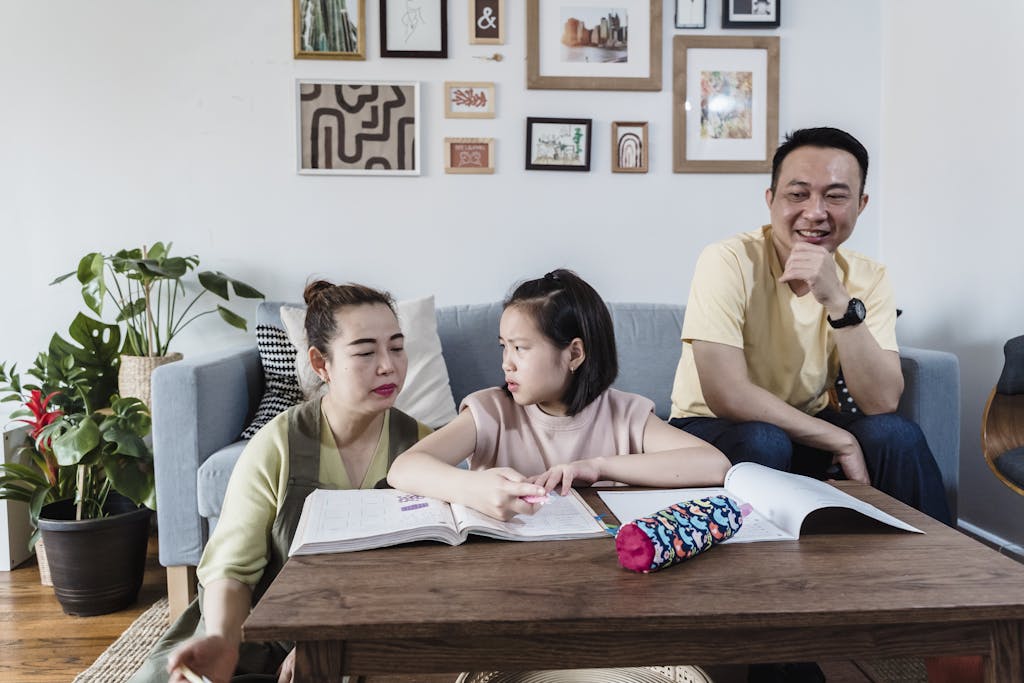
Parents Make a Big Difference
Parents play a huge role in helping kids change bullying behavior, assuming they want to help and are in a place where they can. When parents are ready to step in, the support, guidance, and examples they set at home can make all the difference.
Here are some ways parents can help their child make better choices:
Model Respectful Behavior
Kids are always watching and learning from what the adults around them do. Parents can set the tone by showing respectful ways to handle conflicts. That means staying calm during arguments, really listening to what others have to say, and working through problems without yelling, name-calling, or losing their cool.
Perfection isn’t the goal. What matters is showing that disagreements can be resolved calmly and without aggression. For parents looking for support, our curricula provide practical tools and guidance to help model positive behavior and build healthier interactions at home.
Recognize Warning Signs
It’s important for parents to keep an eye out for warning signs. If a child is often angry, frustrated, or starting to withdraw from friends and family, those behaviors could be clues that something’s going on beneath the surface.
These patterns don’t mean a child is destined to bully, but they can be early signals that they’re struggling and might need extra support. Addressing these signs early whether it’s through open conversations, extra attention at home, or reaching out to teachers, can go a long way in stopping bullying before it escalates.
If parents feel unsure about how to handle these situations, our curricula can help by providing practical ways to recognize and address these behaviors.
Set Clear Boundaries
Kids need to know where the line is. Setting clear boundaries helps them understand what behavior is okay and what isn’t. They should know that actions like name-calling, teasing, or hurting others won’t be tolerated and that there will be consequences when those boundaries are crossed.
But here’s the key: boundaries need to be enforced in a way that holds them accountable without shaming them. Instead of saying, “You’re a bad kid,” focus on the behavior, like “What you did was hurtful and it needs to stop.”
When kids know the limits and understand the consequences of their choices, they’re more likely to take responsibility for their actions and make better decisions.
Encourage Positive Outlets
Kids need healthy ways to release their energy, manage emotions, and build confidence. Activities like sports, art, or volunteering can give them a positive outlet for their feelings, especially frustration or anger, while helping them feel accomplished and connected to something bigger.
These outlets aren’t just a way to stay busy. They teach valuable life skills like teamwork, empathy, and handling setbacks. Whether it’s scoring a goal, creating a piece of art, or helping out in the community, kids start to see that there are better ways to express themselves than lashing out at others.
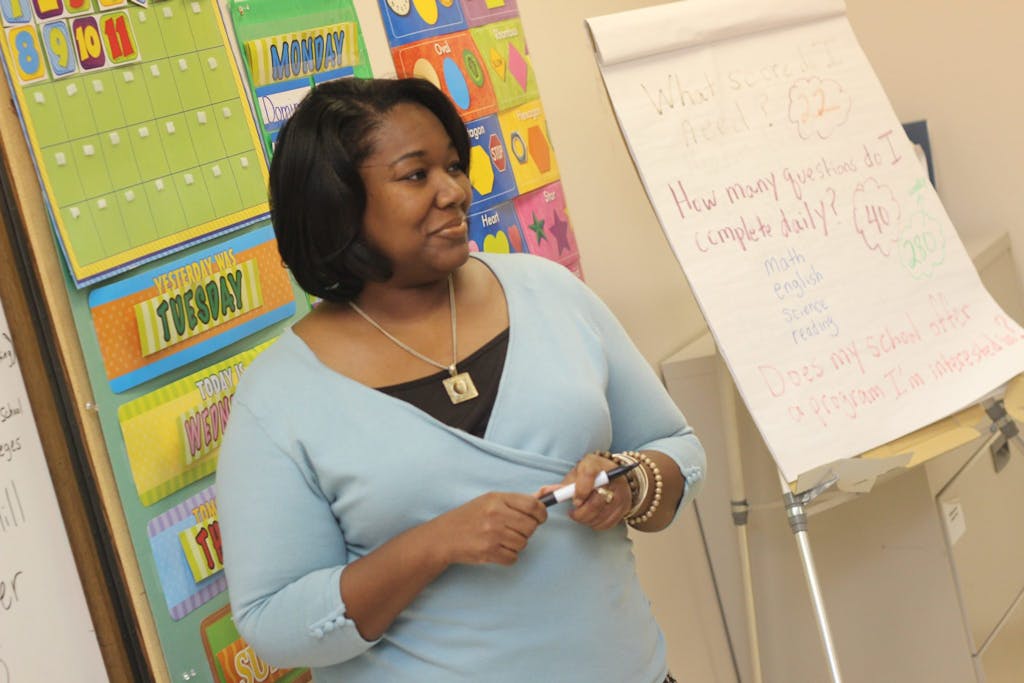
How Teachers and Schools Can Help
Since so much bullying happens at school, teachers are in a unique position to step in and make a real difference. They’re on the front lines, seeing kids every day in classrooms, hallways, lunchrooms, and on the playground. That daily interaction gives teachers a better chance to spot bullying behaviors early, especially when kids might be hiding their struggles from parents or caregivers.
Prevention and intervention start with teachers. By creating a supportive, respectful environment and addressing harmful behaviors as they happen, they can reduce bullying and help kids build better social skills.
Here’s how teachers can make a positive impact and help all students feel safer and more accepted at school:
Create a Safe Environment
Kids who bully often act out because they feel insecure, left out, or misunderstood. Creating a safe and welcoming classroom can help reduce those feelings and prevent bullying from escalating.
Focus on building an environment where every student feels valued, including the child displaying bullying behavior. Encourage kindness, teamwork, and empathy through group activities that give them positive ways to connect with others. Recognize their efforts when they make good choices or show improvement, it can reinforce better behavior over time.
If a child feels safe and accepted, they’re less likely to act out to gain control or attention. A positive classroom environment helps reduce the need for bullying by showing kids healthier ways to handle their emotions and interactions.
Focus on Social-Emotional Learning
Kids don’t automatically know how to handle tough emotions or tricky social situations, that’s something they need to learn. By teaching skills like empathy, conflict resolution, and emotional regulation, teachers can help students better understand their own emotions and how their actions affect others.
These lessons go beyond academics. When kids learn how to calm themselves down, see things from someone else’s perspective, or work through disagreements without lashing out, it can dramatically reduce bullying behavior.
Social-emotional learning isn’t just about stopping bad behavior, it’s about giving kids the tools to build healthier, more respectful relationships. And when kids have those tools, they’re more likely to choose kindness over conflict.
Intervene Early
Don’t wait for things to get worse. Address small issues as soon as they pop up. If a teacher notices unkind behavior, like teasing or excluding a classmate, it’s important to step in right away. These little moments can snowball if they’re ignored and turn into bigger, more serious problems over time.
Early intervention shows kids that hurtful behavior isn’t acceptable and that there are consequences for their actions. It also gives teachers a chance to redirect kids before they fall into a pattern of bullying.
Pair with Positive Role Models
Sometimes, kids who bully just need someone to show them a better way. Pairing them with a positive role model, whether it’s a mentor, older student, or trusted adult, can be a powerful way to help them change their behavior.
Role models can show kids how to handle conflicts, manage emotions, and build friendships in a healthier way. These relationships give kids a chance to see what respectful, supportive interactions look like in real life.
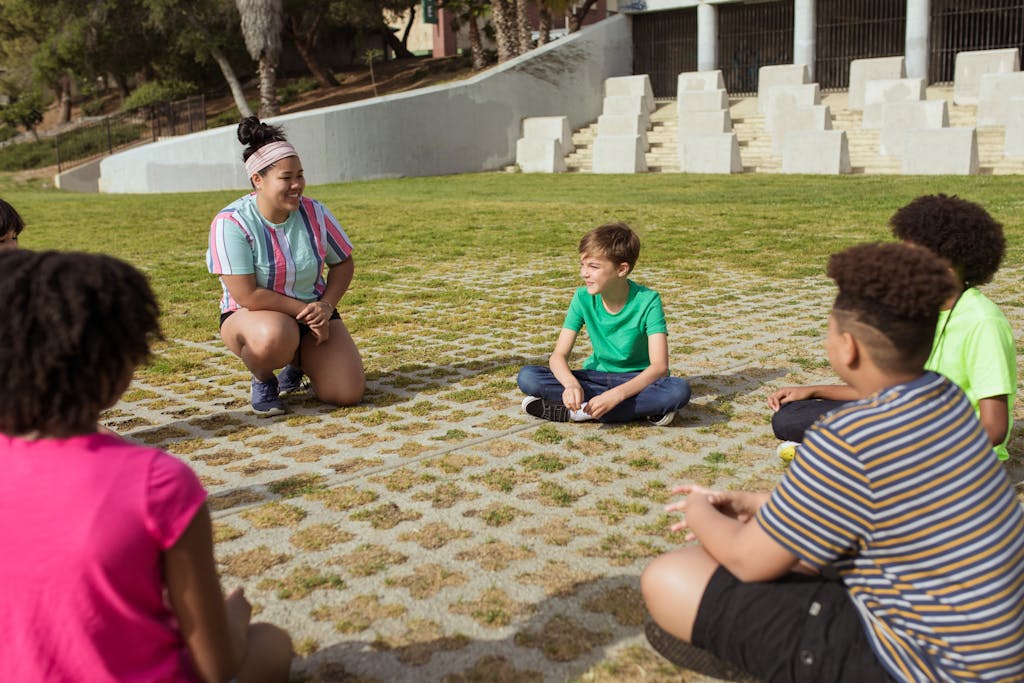
Resources for Helping Kids Who Bully
If you’re trying to support a child who’s displaying bullying behavior, the good news is there are plenty of resources out there to help. From educational programs to practical tools, these resources can provide the guidance needed to help kids make better choices and build healthier relationships.
Here are a few to consider:
- Our Curricula – Comprehensive programs designed to help parents, teachers, and kids understand the root causes of bullying behavior and learn practical strategies to change it.
- Counseling Services – Sometimes, kids need one-on-one support from a counselor or therapist to work through the emotions and experiences driving their behavior.
- Social-Emotional Learning Tools – Books, apps, and online courses that teach kids key skills like empathy, emotional regulation, and conflict resolution.
- Community Programs – Local organizations, sports teams, and clubs can give kids a positive outlet and help them build connections with peers in a healthier way.
The key is to focus on understanding the behavior, not just punishing it. With the right support, kids who bully can change for the better.

Key Takeaway
Bullies aren’t “bad kids”, they’re often kids who are struggling and need guidance, support, and a chance to do better. Bullying behavior is usually a sign that something deeper is going on. By understanding those root causes and responding with empathy and accountability, we can break the cycle and help these kids grow into kinder, more confident individuals.
If you know a child who’s bullying, don’t give up on them. Start a conversation, ask what’s really going on in their life, and offer support. Every child deserves a chance to change and with the right help, they can.